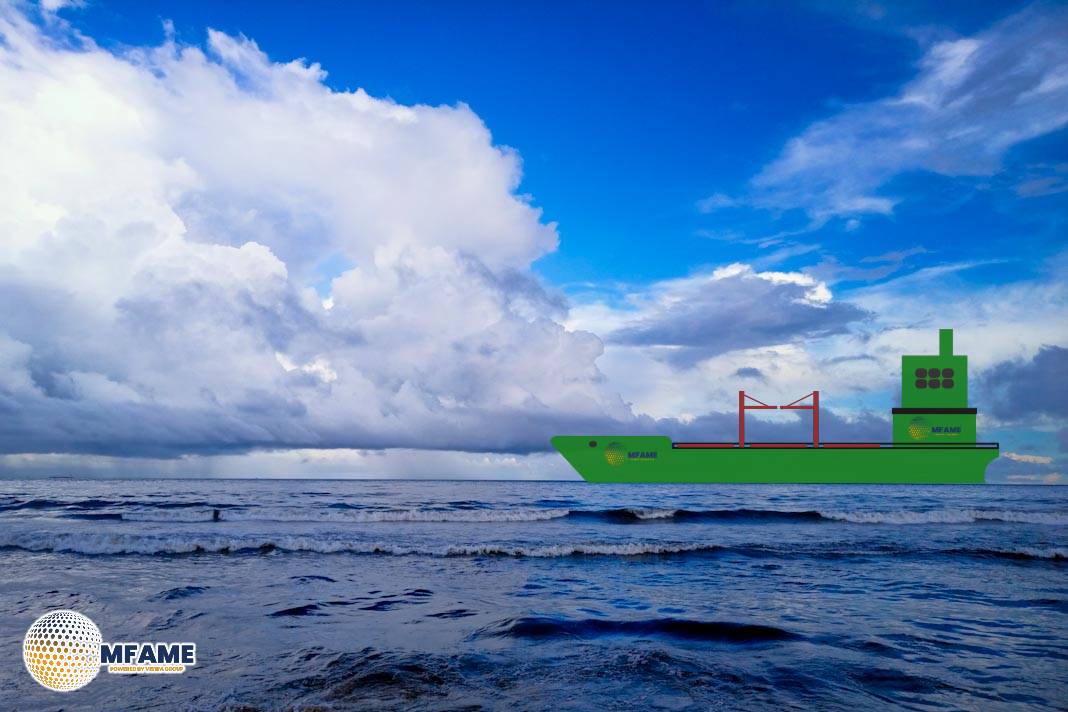The convergence of new US sanctions on Iran’s oil exports and China’s retaliatory port fees on US-linked vessels has intensified focus on the Very Large Crude Carrier (VLCC) market. This situation introduces significant operational uncertainty and is already impacting tanker freight rates.
China Port Fees and VLCC Owners
The new port fees confirmed by China, effective October 14, are aimed at ships owned by US entities. The current interpretation suggests this measure will cover approximately 93 VLCCs, which is 10% of the global VLCC fleet or 13% of VLCCs under 20 years old. These vessels transport about 5% of China’s seaborne crude imports.
- Affected Companies: The new fees are expected to impact US-listed VLCC owners, including Frontline, Euronav, Okeanis Eco Tankers, DHT, Navios, and International Seaways. The wording is broad, potentially catching entities with at least 25% US ownership.
- Operational Exposure: The fees have no apparent grace period, immediately affecting 17 laden VLCCs owned by US-listed companies that are scheduled to arrive in China on or after October 14.
- Market Impact: The potential forced resale of crude from affected ships by Chinese oil companies could lead to a drop in Brent crude oil prices.
VLCC Freight Rate Response
Amid the uncertainty, the VLCC freight market has reacted swiftly:
- Spot Rate TD3c (Middle East to China): The Balmo (Balance of the Month) contract for the benchmark TD3c route has jumped WS 14 points (to WS95) since yesterday afternoon.
- Forward Contracts: The November contract has increased from WS 79 to WS 90, and the December contract from WS 78 to WS 83.
- Market Outlook: Spot brokers anticipate the VLCC market could move from WS 72 (yesterday’s close) to WS 100 this week.
OFAC Sanctions on Iran’s Oil Exports
The dramatic escalation of OFAC sanctions targets Iran’s illicit oil trade, aiming to disrupt its revenue streams:
- Designated Assets: The latest sanctions targeted an additional 6 VLCCs (and 1 LR1), extending the shadow fleet vessels subject to restrictions.
- China-Based Targets: Crucially, the sanctions now include a Chinese refinery, Jincheng Petrochemical, and a storage terminal at Rizhao, for their involvement in processing and storing Iranian crude.
- Context: The sanctions follow the recent “Snapback” of UN sanctions under the Joint Comprehensive Plan of Action (JCPOA), which targets Iran’s nuclear program.
- Impact on Demand: Any challenge to Iranian crude exports will likely increase demand for compliant VLCCs, either by pushing older compliant ships into Iran’s dark fleet or by shifting demand to non-discounted crude from compliant exporters.
Broader Oil and Tanker Market Dynamics
The sanctions and retaliatory fees play into existing market trends:
- Iranian Exports: Iran’s total crude exports have dropped from their Q2 peak but remain significant at around 1.5m b/d, largely on older VLCCs.
- Compliant VLCC Demand: The potential loss of Iranian barrels could accelerate the reversal of OPEC+ production cuts, as OPEC has been relying on Chinese stockbuilding. Increased OPEC+ exports from countries with spare capacity (Saudi Arabia, UAE) would favor compliant VLCCs.
- Fleet Status: Total cargo storage on VLCCs is back to pre-OPEC cut levels, partly due to Iran’s fleet being used for storage. The compliant VLCC fleet (under 20 years old) has shrunk by 50 units, with 46 now sanctioned by OFAC.
- OPEC+ Cuts: The announced further unwinding of 137 k/bd of production cuts in November will support VLCC demand, but greater increases from Saudi Arabia and UAE require the forward oil price curve to remain backwardated.
- Geopolitical Risk: If crude supply losses come from sanctioned entities (Russia, Iran, Venezuela) or disruptions (Ukrainian attacks on Russian exports), compliant VLCCs stand to benefit, as Middle Eastern exporters would be called upon to compensate. The latest actions increase the chances of losing Iranian crude.
Did you subscribe to our daily Newsletter?
It’s Free Click here to Subscribe!
Source: Breakwave Advisors
















